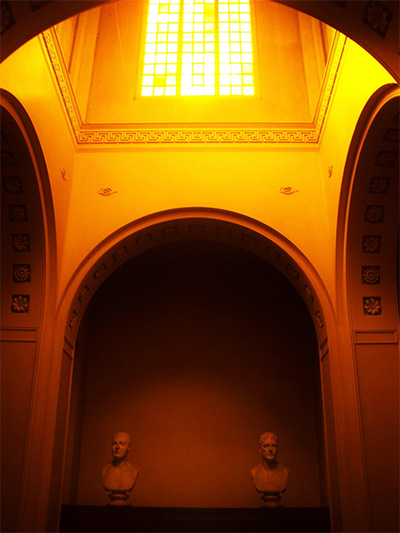I know many people associate musical therapy as sitting in a small community hall banging home-made percussion instruments together, but it is (for the most part) more exciting. I thought I’d say a little snippet about one of our future projects (although this isn’t official promotion by any stretch and so I’ll be keeping the details vague- but feel free to message me for the finer details!)
Titled ‘Music for Meditation’, the concert series promises an ‘immersive live-music soundscape’, to promote the (extremely well documented) therapeutic advantages of live-music known for its meditative properties, for example sacred plainchant and medieval choral polyphony. The project attempts to move away from the typical concert experience and into the world of ‘spiritual meditation’.
The audience experiences an hour of vocal (and instrumental) music; carefully selected extracts and arrangements of compositions dating back to the 12th century. Phones, tablets and all electronic devices are (surprisingly strictly) prohibited and audience members are to encouraged to sit cross-legged (or another comfortable alternative), close their eyes and concentrate on their own sensory response to the music, known as ‘mindful listening’.
The theme is based on the now widely recognised issue with desensitisation caused by modern life and our reliance on technology, which is taking its toll on our senses, constantly bugging us with updates/notifications on screens/tablets/and all similarly precious devices. Of course we know this is the price of a digital culture of virtual communication and electronic distractions, but the average person in the UK checks their phone every 12 minutes, and in London? Well we’re all essentially stressed as hell.
So it makes sense then that in recent years meditation practice has surged in popularity- especially in mainstream western culture, and adding music to relaxation therapy can be a surprisingly powerful dimension.
’Since the beginning of history, humans have used music as an aid to meditation, prayer and yoga: from Gregorian chants written 500 years ago to Arvo Pärt’s haunting minimalist music written just a few years ago‘.
So what are we trying to do? I suppose provide listeners with a sense of escapism, yet conversely also with time to reconnect with themselves (without sounding too whimsical). There’s something to be said for taking a moment away from life to duck into a hypothetical ancient monastery and be surrounded by voices of another time, especially if creaky concert-hall chairs can be avoided.

